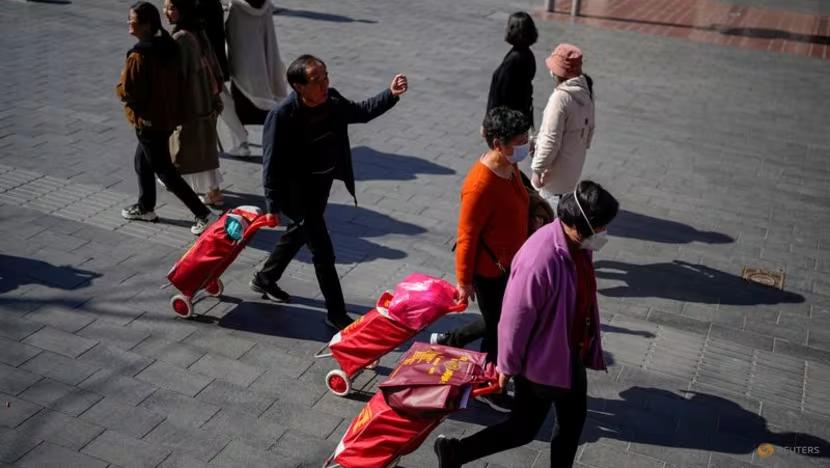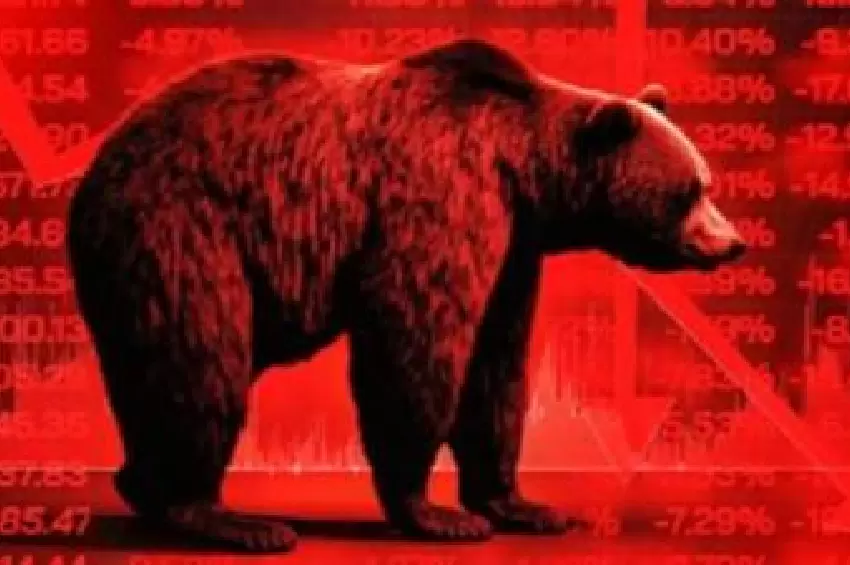
Mixed Economic Data Reveals Challenges Ahead
China's industrial output grew slightly in November, while retail sales fell short of expectations, highlighting the need for additional stimulus measures to support a fragile economy amidst looming US trade tariffs under a second Trump administration.
Domestic Consumption and Trade Relations at Risk
The mixed economic indicators underscore the challenges Chinese leaders face as they prepare for potential worsening trade relations with the United States in 2025, coupled with weak domestic consumption.
Julian Evans-Pritchard from Capital Economics noted, "China's economy appears to have slowed last month, despite recent policy easing. However, we doubt that stimulus can deliver anything more than a short-lived improvement, especially given the current strength of export demand is unlikely to last once President Trump starts to implement his tariff threats."
Key Economic Indicators
According to data from the National Bureau of Statistics (NBS), industrial output grew 5.4% year-on-year in November, up from 5.3% in October, surpassing expectations. However, retail sales, a gauge of consumption, grew only 3.3% last month, much slower than the 4.8% rise in October and below analyst predictions.
Fixed asset investment also increased at a slower 3.3% pace in January-November compared to the same period a year earlier, down from 3.4% in the January to October period.
Policy Responses and Future Outlook
NBS spokesperson Fu Linghui stated that the trend of consumption recovery has not changed and more efforts are needed to ensure economic recovery continues into 2025. At the Central Economic Work Conference, China's top leaders pledged to raise the budget deficit, issue more debt, and prioritize boosting consumption.
Despite some encouraging signs in new home prices, which fell at the slowest pace in 17 months in November, most analysts believe a robust recovery in the real estate sector is still distant.
Reuters reported that policy advisers recommend maintaining a growth target of around 5.0% for next year, with one government economist suggesting that boosting domestic demand could offset the impact of expected US tariffs on exports.
With Trump set to start his second term as US president in January, and threatening tariffs in excess of 60% on Chinese goods, China's economy faces significant challenges.









Comments